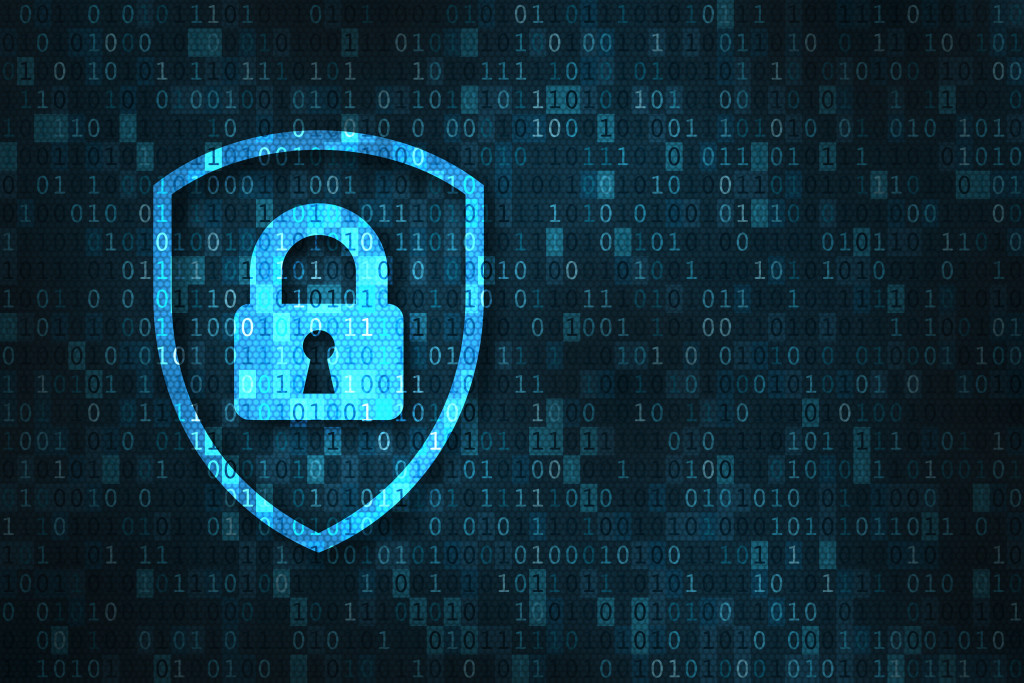Enterprise security management is a complex process that requires careful planning and execution to be successful. There are some different factors to consider, and even the smallest mistake can lead to a breach in security. By following this guide, you can ensure that your enterprise security management plan is comprehensive and effective.
Define the Security Perimeter
A security perimeter is the outermost boundary of an enterprise’s security management system. It encompasses all the people, processes, and technologies that work together to protect the organization’s critical assets from unauthorized access or theft.
The security perimeter must be constantly monitored and defended against potential threats. To do this effectively, enterprises need clearly understand their critical assets and how they are interconnected. They also need policies and procedures to ensure that only authorized personnel can access these assets. Finally, they need to invest in technologies that can detect and respond to threats quickly and efficiently.
Classify Assets and Data
In enterprise security management, it is essential to classify assets and data. You can determine which assets and data require the most protection and identify the appropriate security controls. When classifying assets and data, you should consider three factors: sensitivity, value, and criticality. Sensitivity refers to the likelihood that an asset or piece of data will be accessed without authorization. Value refers to the importance of an asset or piece of data to the organization. Criticality refers to the potential impact of unauthorized access or disclosure of an asset or piece of data.
Develop Security Policies
Security policies are the cornerstone of enterprise security management. By establishing clear guidelines for how data should be protected, businesses can ensure that employees understand their roles and responsibilities in safeguarding company information.
Furthermore, well-designed security policies can help to prevent data breaches by providing employees with a clear understanding of what constitutes a threat and how to respond to it. In short, developing comprehensive security policies is essential for any business that wants to minimize the risk of a data breach. When crafting security policies, businesses should consult with an experienced cybersecurity consultant to ensure that their policies are effective and tailored to their specific needs.

Implement Security Controls
Security controls are essential to enterprise security management. They provide the mechanisms by which organizations can protect their data and systems from unauthorized access, use, or disclosure.
There are two broad categories of security controls: technical and administrative. Technical controls are typically implemented through the use of software or hardware, while administrative controls are typically implemented through the use of policies and procedures. Common examples of security controls include firewalls, intrusion detection systems, and password policies.
Having an in-house security team can be costly and require many resources. However, enterprises can prevent these costs by leveraging managed services. Seeking managed cybersecurity services can help make your enterprise proactive against threats to find and mitigate them before they become severe. Moreover, these services can also conduct vulnerability assessments and penetration testing to detect any loopholes in your security infrastructure.
Monitor and Respond to Security Incidents
Any organization that relies on computer systems to conduct business must have a plan to deal with security incidents. An incident can be defined as any event that compromises the security of an information system. This can include viral infections, malicious code, denial of service attacks, and unauthorized access.
Organizations must have a clear and well-defined process to respond effectively to incidents. The first step is to identify the incident and assess the damage. Once the extent of the problem has been determined, steps can be taken to contain the damage and prevent it from spreading. This may involve isolating affected systems, suspending user accounts, or taking other measures to limit access.
Review and Update Security Policies
Regularly reviewing and updating security policies is critical to effective enterprise security management. By keeping policies up to date, organizations can minimize the risk of security breaches and ensure that their systems are protected against the latest threats.
Furthermore, regular policy reviews can help to identify weaknesses in an organization’s security posture and make it easier to develop mitigating controls. However, policy review is only effective if done regularly and comprehensively.
Organizations should establish a schedule for review and update their policies regularly. Furthermore, they should involve all relevant stakeholders in the process, from senior management to front-line employees.
Overall, enterprise security management is critical to any organization’s operations. By following the steps outlined in this guide, organizations can ensure that their data and systems are protected against unauthorized access, use, or disclosure. Furthermore, by regularly reviewing and updating their security policies, they can ensure that their security posture is always up-to-date and effective.

